We did the research, checked on http://www.WAMS.org.nz that it was a legal road, which it is, infact its a formed legal road!!!!
The screen dump below is the WAMS map showing the legal right of access along the legal road which is Erua Rd.
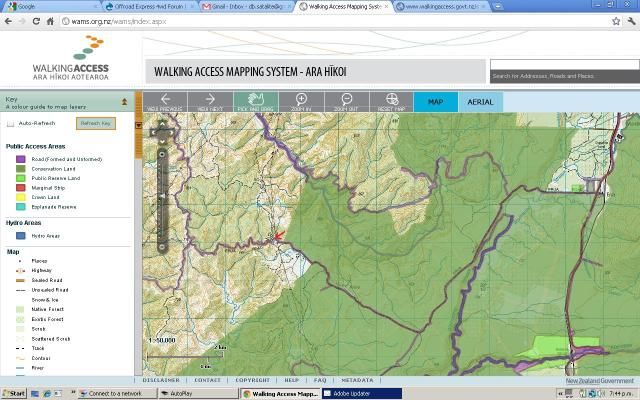
The red arrow is approximately where the trip ended. We had stopped and I was out busy opening the gate. Some rude chappy on a quad roared up behind our convoy of 3 trucks and proceeded to hurl abuse and make idle threats. If only he knew there were two off duty police officers in our group
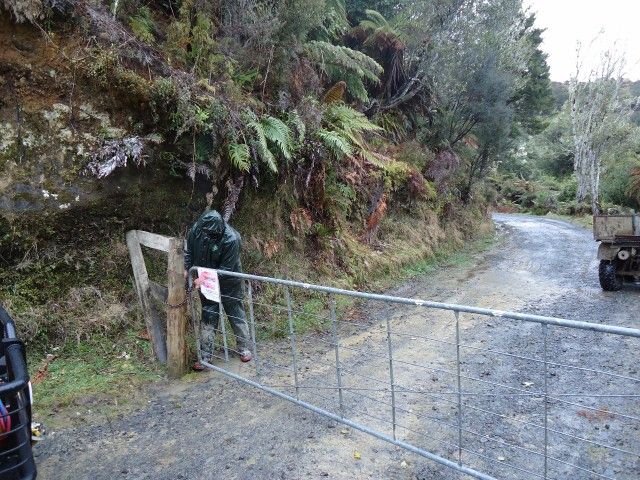
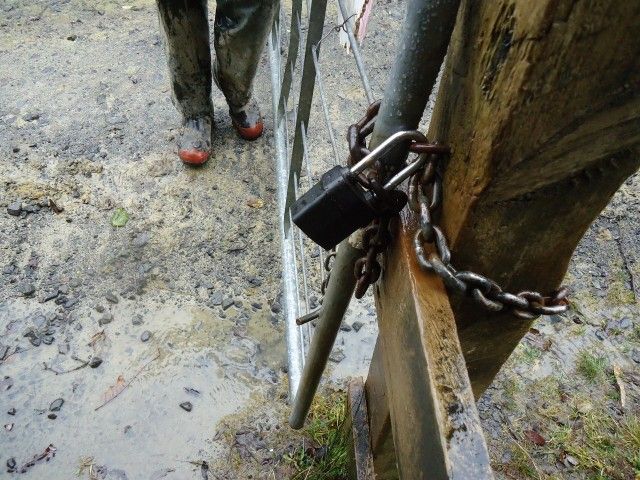
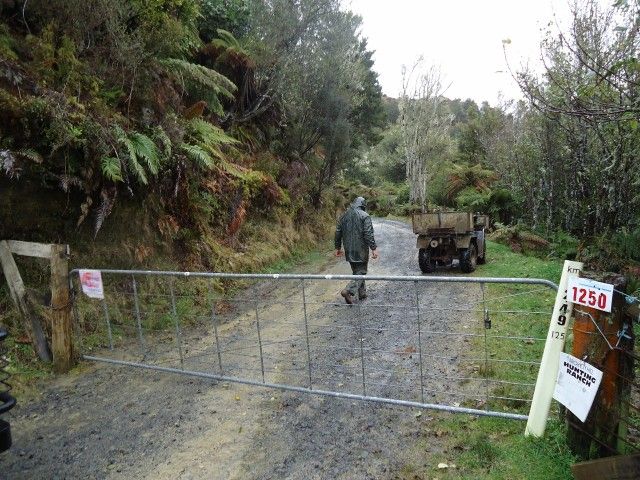
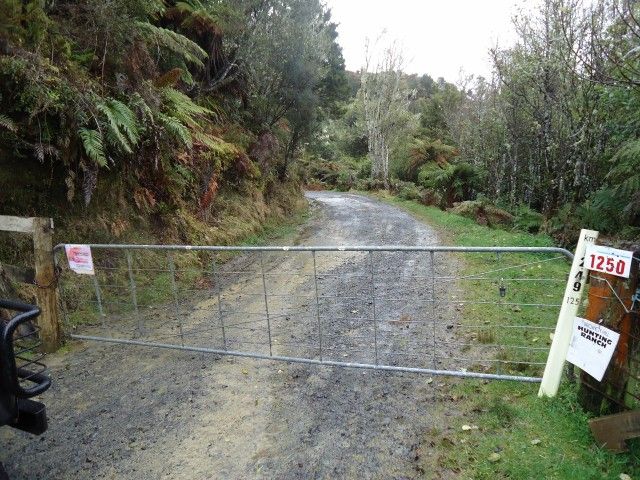
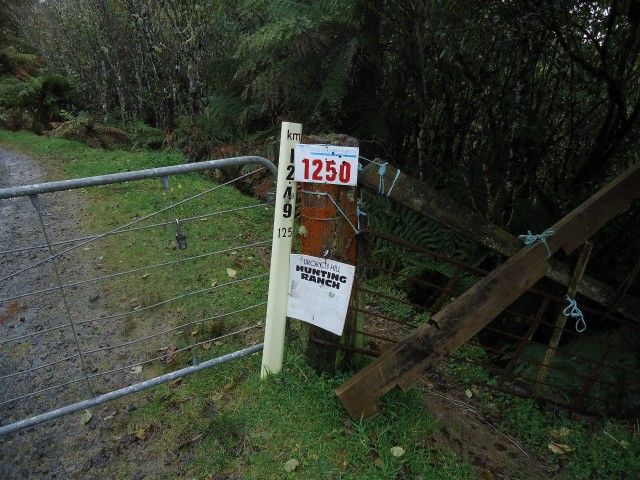
He blustered some lame excuse's about how the road was theirs and it was a farm track that they maintained even though it looked like a road. Obviously he was well aware it was a legal road, but I didn't want a confrontation this early in the game. To make sure we left on good terms and to not arouse his suspicions, I shock his hand and with a big smile wished him a good day and to take care in the up coming storm
The below is a exert from the New Zealand Outdoor Access Code, from Page 9 of the document. It outlines the legal rights of all New Zealanders to access legal roads, formed or unformed with out hinderance.:
The document can be found here:
http://www.walkingaccess.govt.nz/store/ ... 30June.pdf
Unformed legal roads (paper roads)
The nature, status and use of unformed legal roads are matters of considerable public
interest, and are a very important facet of the public “access network”. Hayes (2007a)
provides a very comprehensive analysis.
Most of the road network in New Zealand was created by the reservation of land on the initial
sale of land to settlers. In addition, land was reserved around much of the coast and along
major rivers for public use. The water margin reserves generally took the form of legal road.
Not all the land set aside as road has been formed into recognisable surfaced roads and the
water margin land reserved as road was, for the most part, never intended to be formed.
These water margin reservations were created as roads, as this was the most convenient and
secure legal form available at that time to ensure that this land was kept for public use. Some
roads that were formed in the past are no longer maintained by the responsible territorial
authority, and have, in effect, reverted to being unformed.
The amount of unformed legal road in New Zealand is estimated to be up to
56,000 kilometres4. The proportion of unformed legal road varies considerably from local
authority to local authority, with a much greater proportion in rural areas.
Unformed legal roads are no different in law from formed roads. That is, the public have the
right to use them on foot, on horse, or in vehicles without hindrance from the adjacent
landholder or anyone else5. The general rules of the road apply, as well as the provisions in
Part 21 of the Local Government Act 1974. However, users of these roads should still be
considerate of others, including adjoining landowners and their property.
These provisions include the conditions under which an adjoining landowner may place a
cattle-stop or a swing gate across an unformed road. This is permissible only when the road is
not fenced laterally, and is clearly aimed as a measure to enable the control of stock in these
circumstances. Otherwise it is not lawful to place a gate, fence or other obstruction across an
unformed legal road. Gates may only be placed with the permission of the relevant territorial
authority, they must not be locked, and must have a sign indicating that they are on a public road.
Next move is to approach the council and see if they are aware of any historical issues with the road and right of access< Also one of our crew will be onto the local police to see if there has been any issues with the land owner that they are aware of, and to inform them that he will be removing the padlock on a certain date.
Game On
I encourage anyone out there interested in exploring our country side, use WAMS.org.nz and get out there and exercise your freedom!!!!



